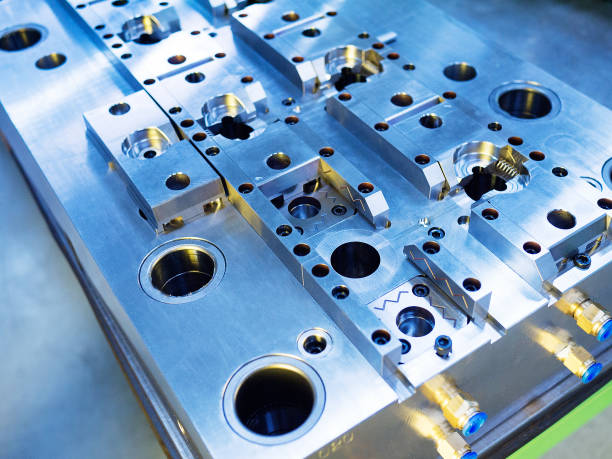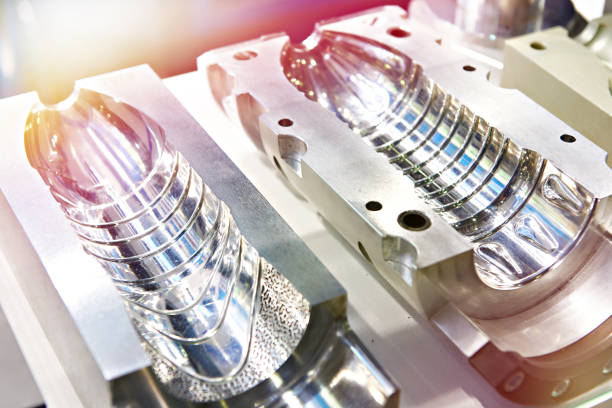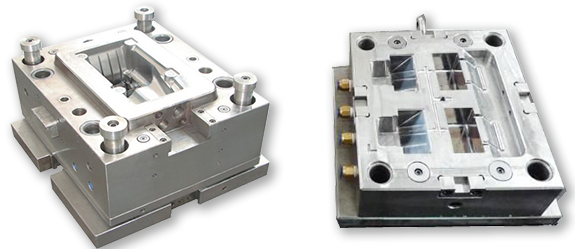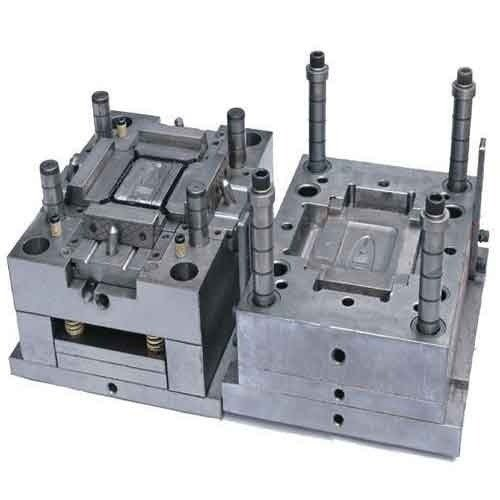Advantages of using precision molds in plastic production
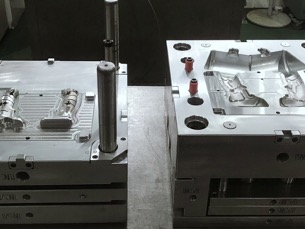
Using precision plastic injection mold in plastic production, also known as plastic injection molding, or plastic injection is of great significance in production. This is considered the most widely applied plastic manufacturing technology in the world. Let’s find out their advantages in the article below.
1. The plastic injection mold of fast production
To produce a complete plastic product, the initial plastic injection process requires a considerable amount of time to order, arrange, and install all the things to start operation. The injection molding cycle in production is greatly influenced by the plastic injection mold.
Multi-cavity plastic injection molds are made to produce small to medium parts, thereby shortening production time will contribute to increased output.
Adjusting injection molding parameters settings
Precisely manufactured molds are crucial for adjusting injection molding parameters settings. These molds will be easy to achieve the desired operating parameters of the production unit.
Using precise molds in production is the basis for accelerating the process of mass production of products, contributing to improving productivity and quality.
2. The plastic injection mold of high accuracy
Plastic injection mold technology is considered a production process with high precision. Therefore, the manufacturing of plastic injection molds brings great value. Moreover, Injection molding technology is increasingly being applied in creating products common in such fields:
- Automotive,
- Machine Building,
- Aerospace Technology.
The finished plastic injection molded product will have extremely high accuracy, only approximately 0.001 inch (0.02mm).
The quality of injection molded products is highly durable
The quality injection molded products are highly durable, running for many years with millions of injection cycles without deformation, a product of the last cycle with the first cycle product of uniform quality. There is not even a tiny difference.
Injection molding technology can easily create products with complex shapes perfectly.
3. Minimizing production costs
The production method of using precision plastic injection mold, which greatly reduces the cost of the production process, is becoming more and more popular because of the apparent effects it brings.
Precision molds increase the performance of machine systems, thereby cutting labor costs. According to the actual calculation, only one worker needs to carry out the product packing inspection for two injection molding machines.
On the other hand, highly automation produced goods with stable quality, reduced defects, high output rate, which is the most effective way to reduce production costs.
4. Flexible production of plastic injection mold
Each plastic product with a different shape, size, and product characteristics will require the use of different types of molds. Also, a plastic injection machine is a fixed production machine, there is almost no change, and plastic injection mold is considered a mobile tool.
This change depends on the plastic injection mold project.
Using precision molds in production allows professional plastic injection companies to receive multiple orders from different customer sources. Manufacturers produce products that are cheap but still ensure safety, quality, and reliability. From there, it brings a lot of economic values, which are the foundation in promoting the development of the company.
5. Reduce plastic waste with plastic injection mold
In addition to high accuracy and high productivity, using plastic injection molds in plastic injection brings an apparent change in significantly reducing the amount of plastic waste into the environment.
After each injection molding cycle, all remaining plastic is to create new products following the requirements and required characteristics.
The mold-making process always involves carefully calculating all factors, including the amount of excess plastic after each injection molding cycle.
Tip-Top Molds is a diverse processing manufacturer of plastic
Tip-Top Molds is a diverse processing manufacturer of plastic molding products from small to large quantities, ensuring full quality, prestige, and affordable price criteria. Furthermore, if you are looking for a precision mold-making partner in plastic production, please contact us for the fastest advice.
Plastic injection molding machine is one of the technologies applied to plastic production because it can produce millions of products while keeping uniformity. This comes with the increasing demand for plastic products.
Moreover, plastic manufacturers have imported varieties of models of machines to meet. In this article, we will learn more about the structure and operating principle of the machine.
What is a plastic injection molding machine?
Plastic injection molding machine, also known as glue press. An injection molding machine is a machine commonly used in the production line of plastic bottles and jars. Moreover, the machine’s main use is to fix the closed mold during the process of pushing the molten plastic by injection pressure into the mold core.
At that time, the plastic will fill the mold cavity and open the mold when the plastic product has cooled. Currently, there are many types of machines with all different designs and models.
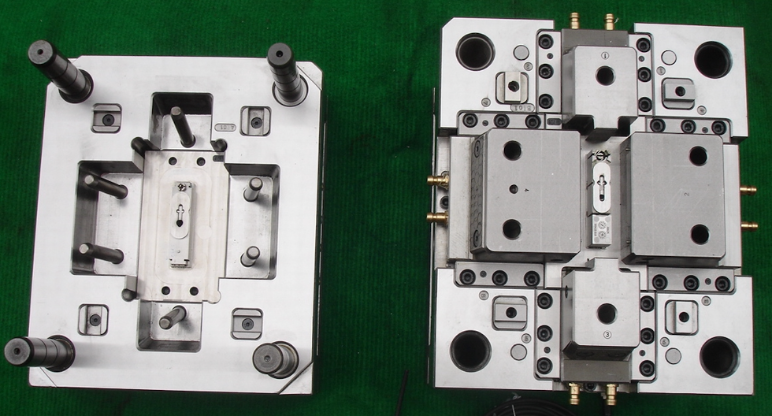
They are classified based on the following factors:
- According to the axis
- The Working principle of mold
- The Structure principle (hydraulic, electric)
- According to the size of the plastic injection machine
Depending on the type of plastic injection mold, design, and size of the product, the user will choose the appropriate machine. Currently, modern machines match many types of products. One machine can be common flexibly for many different types of products.
The general structure of plastic injection machine
The plastic injection machine consists of 2 main components: plastic injection part and mold clamp part.
Mold clamp part
This is an important part, including the movable mold clamp and the fixed mold clamp. In there:
The fixed mold clamp has the main task of clamping and keeping the mold fixed. As a result, the mold will always stay in the correct position thanks to the positioning ring on the mold and the positioning hole.
The movable plastic injection mold clamp has the main function of clamping the movable side of the mold. This part will move in a direction parallel to the opening and closing direction of the mold during the injection molding cycle.
At the same time, it arranges with a push-pull to help effectively impact the battery ejector plate when pushing the product out.
Conclusion
This is the component that uses heat to convert the plastic from a solid to a liquid form. Then, the liquid plastic part pushes into the mold set through the nozzle pressure system and the screw.
In addition, the structure of the machine will include some other parts: a cooling system, a support system, etc.

